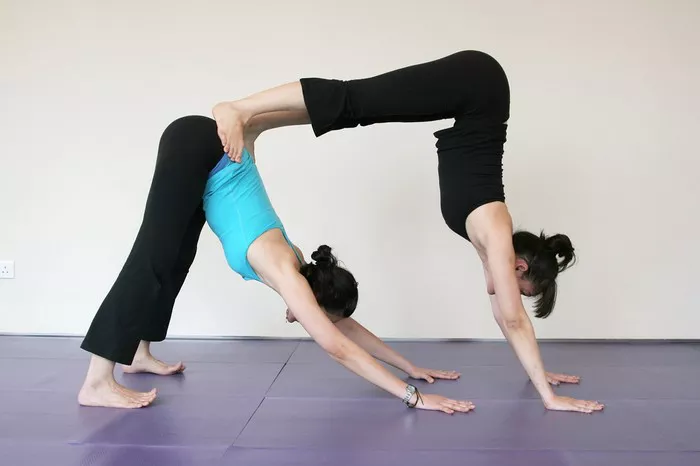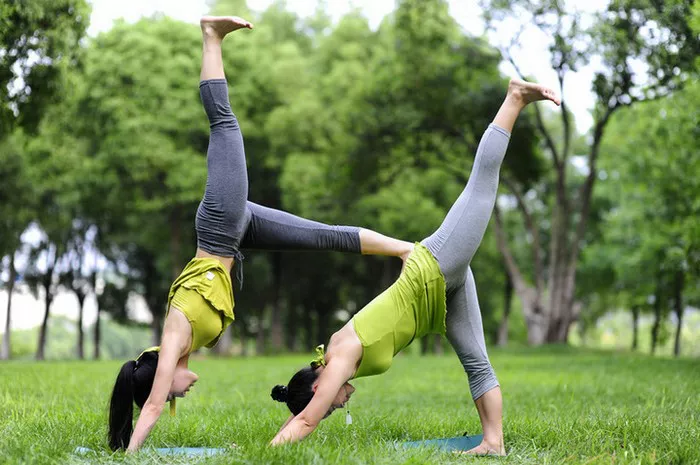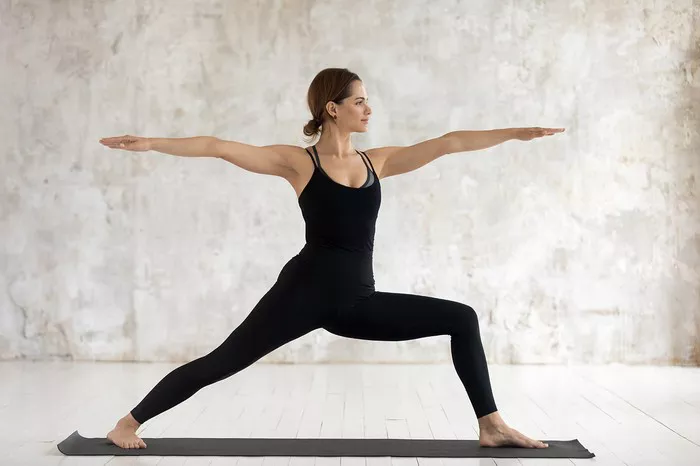Meditation, an ancient practice with roots in various religious and spiritual traditions, has gained widespread popularity in recent years for its numerous mental, emotional, and physical benefits. While the concept of meditation may seem straightforward—sitting still and quieting the mind—there are actually many different positions one can assume to meditate. From sitting to standing, lying down to walking, each posture offers unique advantages and challenges. In this article, we will explore various meditation positions, their benefits, and how to practice them effectively.
1. Seated Meditation Positions
Seated meditation is perhaps the most common and widely practiced form of meditation. There are several seated positions to choose from, each offering its own benefits:
Cross-Legged (Lotus or Half-Lotus): This classic meditation posture involves sitting cross-legged on the floor with the feet resting on the opposite thighs. The lotus position is considered ideal for promoting a sense of stability and groundedness. However, it may be challenging for those with tight hips or knee injuries. The half-lotus position, where one foot rests on the opposite thigh while the other is placed under the opposite knee, offers a more accessible alternative.
Burmese Position: In the Burmese position, the legs are crossed with both feet tucked underneath the opposite knee. This posture provides a stable base while also being more comfortable for many practitioners compared to the lotus or half-lotus positions.
Seiza Position: Originating from Japanese Zen tradition, the seiza position involves kneeling with the buttocks resting on the heels and the hands folded in the lap or placed on the thighs. This posture is often used with a meditation bench or cushion to provide support and alleviate discomfort in the knees and ankles.
Chair Meditation: For those who have difficulty sitting on the floor, meditating in a chair is a practical alternative. Sit with your feet flat on the ground, hip-width apart, and your spine comfortably upright. Use a cushion or folded towel to support the lower back if needed.
2. Standing Meditation Positions
While less common than seated meditation, standing meditation can be a powerful way to cultivate mindfulness and awareness, especially for those who struggle with sitting still for extended periods. Here are some standing meditation postures to consider:
Mountain Pose (Tadasana): In Tadasana, stand with your feet hip-width apart, arms relaxed by your sides, and your weight evenly distributed between both feet. Imagine yourself rooted to the ground like a mountain, with a tall spine and relaxed shoulders. This posture promotes stability, balance, and a sense of groundedness.
Wuji Posture: Wuji is a foundational posture in Tai Chi and Qigong, characterized by standing with the feet shoulder-width apart, knees slightly bent, and arms relaxed by the sides. Allow your body to be relaxed and open, with your awareness focused on the breath and sensations in the body.
3. Lying Down Meditation Positions
Lying down meditation positions are often chosen for their comfort and ability to promote deep relaxation. However, there is a risk of falling asleep, so it’s essential to stay alert and maintain awareness while lying down. Here are some lying down meditation postures to explore:
Corpse Pose (Savasana): Savasana is a staple relaxation posture in yoga, where you lie flat on your back with your arms by your sides, palms facing up, and legs extended comfortably. Close your eyes and focus on releasing tension from each part of your body, allowing yourself to fully relax into the support of the ground beneath you.
Side-Lying Position: Lie on your side with your legs stacked and knees bent slightly. Support your head with a pillow and rest your top arm comfortably in front of you or on your side. This posture is particularly suitable for pregnant individuals or those with back pain.
4. Walking Meditation Positions
Walking meditation offers a dynamic way to cultivate mindfulness and presence while in motion. It can be practiced indoors or outdoors, with a slow, deliberate pace. Here are some walking meditation techniques to try:
Mindful Walking: Begin by standing still and bringing your attention to the sensation of your feet making contact with the ground. Slowly start walking, paying close attention to each step you take. Notice the shifting of your weight, the movement of your muscles, and the sensations in your feet and legs. You can synchronize your breath with your steps, inhaling as you lift one foot and exhaling as you place it back down.
Labyrinth Walking: Labyrinths are ancient symbols found in various cultures and spiritual traditions, often used as tools for meditation and contemplation. Walking a labyrinth involves following a winding path to the center and then back out again, with each step representing a metaphorical journey inward. As you walk the labyrinth, allow yourself to let go of distractions and connect with your inner wisdom.
Conclusion
There are countless positions to explore in meditation, each offering its own unique benefits and challenges. Whether you prefer sitting, standing, lying down, or walking, the key is to find a posture that feels comfortable and supports your practice. Experiment with different positions, and remember that the most important thing is to cultivate awareness and presence in whatever posture you choose. With patience, practice, and an open mind, you can discover the transformative power of meditation in all its forms.
























